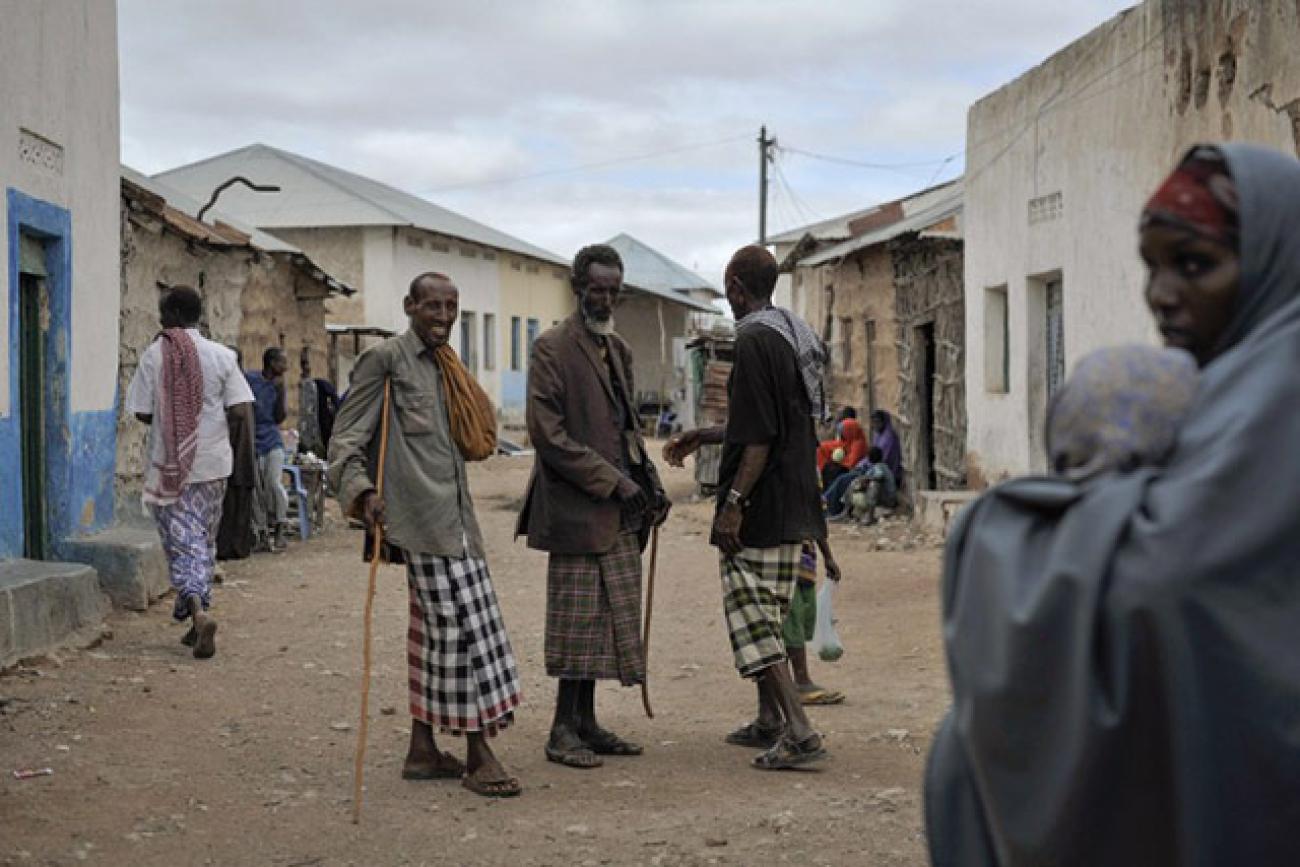Somalia: Late, erratic rainfall raises concerns about harvest prospects and food security

The situation is being exacerbated by conflict and inadequate funding for priority actions designed to address the needs of hard-hit communities
Late rains and erratic weather patterns in Somalia have raised concerns over a worsening of the food security situation, as food stocks from the last, poor harvest become depleted and prices continue to rise sharply, a new FAO report says.
The situation is being exacerbated by conflict and inadequate funding for priority actions designed to address the needs of hard-hit communities, according to FAO's Global Information and Early Warning System (GIEWS) report. This is in line with an earlier report from FAO Somalia's Food Security and Nutrition Analysis Unit (FSNAU).
GIEWS presents a worrisome picture as the lean season progresses and the recent escalation in conflict in the southern and central regions continues to have a disruptive impact on markets.
"The people of Somalia cannot afford to wait to see how the next harvest turns out. They need urgent support to improve their food security and maintain their livelihoods, most of which depend directly on agriculture," said Luca Alinovi, acting Head of FAO's Somalia Office and FAO Representative in Kenya.
FAO, in coordination with partners in the Food Security Cluster (FSC) addressing the humanitarian situation, is urgently seeking $18 million to scale up rapid interventions (90-day priority needs response) to prevent and mitigate the further deterioration of the food security situation.
A delayed start to the 2014 gu season (April-June) has added to concerns already fuelled by the weak January harvest of the 2013/2014 deyr cereal crops, cultivated during the secondary, late-year rainy period. Harvests were well below average in the central and southern areas of the country, following weeks of late and erratic rainfall, as well as flooding around rivers.
Lower stocks, coupled with the market and trade disruptions, led to double-digit increases in wholesale prices of maize and sorghum in some areas.
In the main producing areas of the south, April retail prices of maize and sorghum were as much as 60 and 80 percent higher, respectively, than one year earlier, also due to the scaling back of humanitarian assistance operations.
The gu rains resumed in early May, but rains will need to continue through the end of June in order to prevent further deterioration of the food security situation in Somalia.
Conditions are expected to improve slightly in August and September when the harvest is ready for consumption, but the positive impact is likely to be moderate given the unfavourable prospects of the current season.
The number of people in need of humanitarian assistance in Somalia is currently estimated at about 860 000, including over 200 000 malnourished children under five years of age.
Urgent action needed
The urgent activities proposed by FAO are aimed at meeting the most vulnerable Somali communities' immediate needs and making them more resilient to droughts and other shocks:
- temporary employment creation through FAO's Cash-for-Work programme for the rehabilitation of water catchments and irrigation canals for an estimated 13000 households (estimated cost: $6.3million);
- distribution of adapted crop and fodder production inputs (seed and vouchers for fertilizer and tractor hours) for the coming Deyr 2014 season for an estimated 15000 households ($5.5million);
- livestock restocking for 4000 destitute pastoralists ($3.2million);
- pest and disease prevention and control (mass vaccination and treatment against sheep and goat pox (SGP), peste des petits ruminants (PPR) and contagious caprine pleuropneumonia (CCPP) in affected areas ($3million).
These interventions, planned for the upcoming three months, will be in the priority target areas of Hiran, Middle Shabelle, Lower Shabelle, Galgadug and Bakol Regions in South Central Somalia and Bari region in the Northeast.
The overall FAO programme in Somalia consists of three pillars, namely 1) resilience; 2) institutional capacity development and policy support; and 3) information for action, which includes early warning systems for food security, nutrition, drought and floods. The total planned value of the FAO Somalia Programme (2014-2017) is $566 million, but as of today, only 14 percent of the planned figures is funded.
Link to original story



